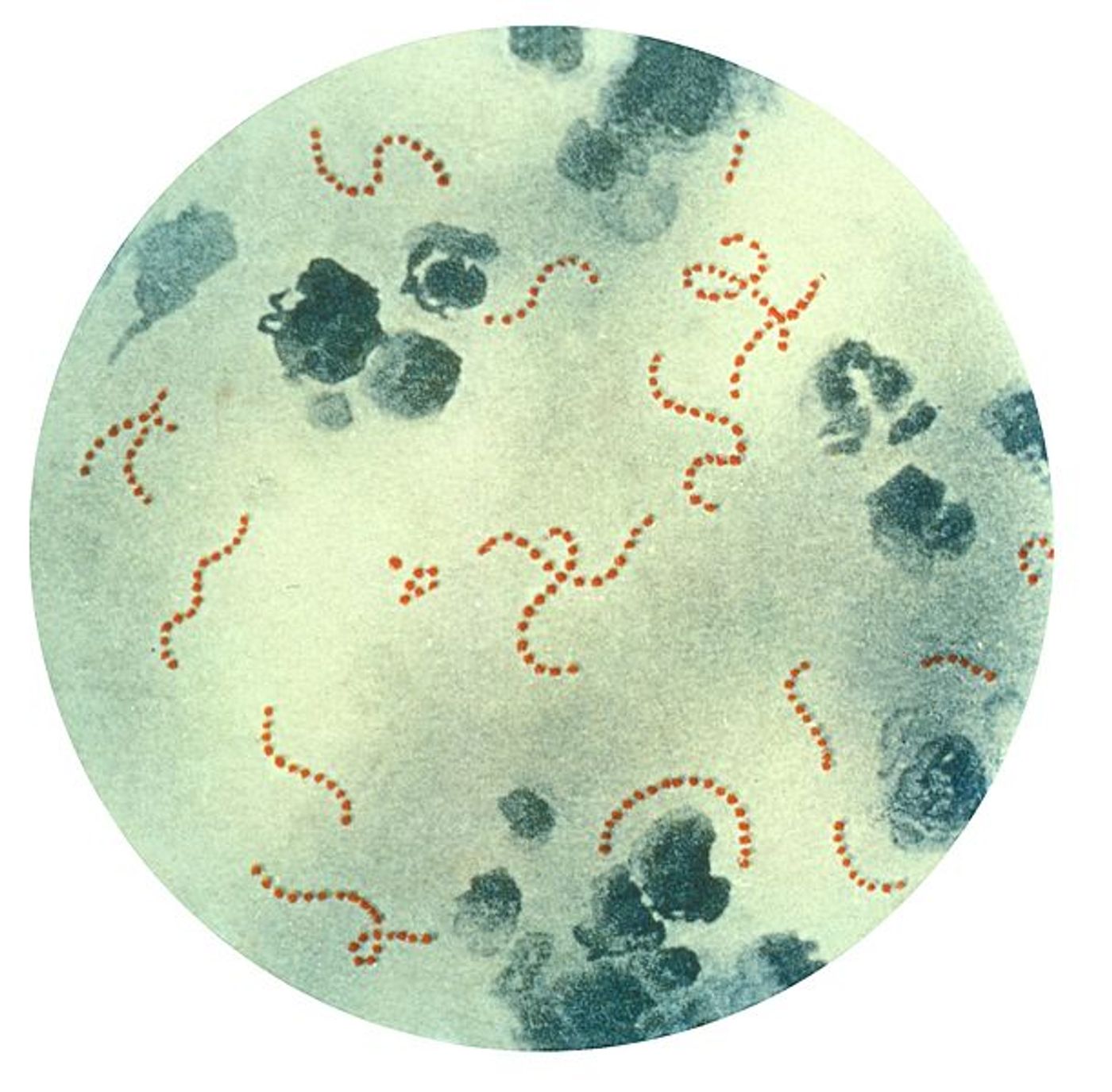Deadly Bacterium can Hijack Neurons
Plenty of people get strep throat; it is caused by a common bacterium called Streptococcus pyogenes. That bacterium can also cause flesh-eating disease, which impacts up to 1,200 people every year in the United States alone. It’s tough to diagnose, and can be fatal. New work by scientists at Harvard Medical School has found that the microbe uses neurons to its advantage; it hijacks the signals that are normally sent between the immune and nervous systems after infection or injury. Reporting in Cell, the researchers also suggest new ways to treat the disease.
"Necrotizing fasciitis is a devastating condition that remains extremely challenging to treat and has a mortality rate that's unacceptably high," said study senior investigator Isaac Chiu, assistant professor of microbiology and immunobiology at Harvard Medical School. "Our findings reveal a surprising new role of neurons in the development of this disease and point to promising countermeasures that warrant further exploration."
A flesh-eating infection, necrotizing fasciitis, usually begins with pain that’s rapidly followed by death in the surrounding tissue. It can kill thirty percent of those infected, and the survivors may need extensive surgery or even amputation.
"We hope our findings can lead to new treatments for a condition that remains rare but can inflict significant damage and even death," said first author Felipe Pinho Ribeiro, a post-doctoral fellow in the Chiu lab.
After an injury, the nervous system first alerts the brain, which then feels pain; it sends a second signal to the immune system, to tamp down the immune response. Overactive immunity can do major damage to healthy tissue, so neurons try to prevent that from occurring.
"We believe this is the body's way of ensuring the delicate balance between alerting the body of brewing trouble while at the same time keeping overzealous immune cells at bay," Pinho Ribeiro explained. The bacterium exploits the communication between these systems to evade destruction by the body’s defense systems.
Chiu and colleagues, whose work is outlined in the video, wanted to know more about the role of neurons in the development of flesh-eating disease. Researchers had taken notice of a symptom seen in patients: they experience intense pain before other signs of the illness were visible. Using an animal model, the scientists found that a toxin made by the bacterium, streptolysin S, causes pain.
Additional research revealed that streptolysin S causes neurons to signal pain to the brain while also stimulating the release of a neurotransmitter called CGRP (calcitonin gene-related peptide), which tamps down the immune system. "Effectively, this neuronal signal silences the alarm system that normally calls on the body's infection fighters to curb infection," Chiu explained.
Clean wounds don’t need the immune system to come in and kill invading bacteria. But in the case of flesh-eating disease, the bacterium is able to call the immune system off so it can grow unimpeded.
The investigators were able to block the progression of the infection by stopping the suppression of the immune system with CGRP-blocking molecules. They were also able to halt the disease by using botulinum toxin, which stopped the nerves from sending signals. Both therapeutics are already FDA-approved.
"Our findings provide a striking example of how closely intertwined the nervous and immune systems are and how intricate their interaction can be in the setting of infection," Chiu said. "Our study also underscores the therapeutic potential of modulating one system to affect the other as a way to treat infection."
Sources: AAAS/Eurekalert! via Harvard Medical School, Cell









